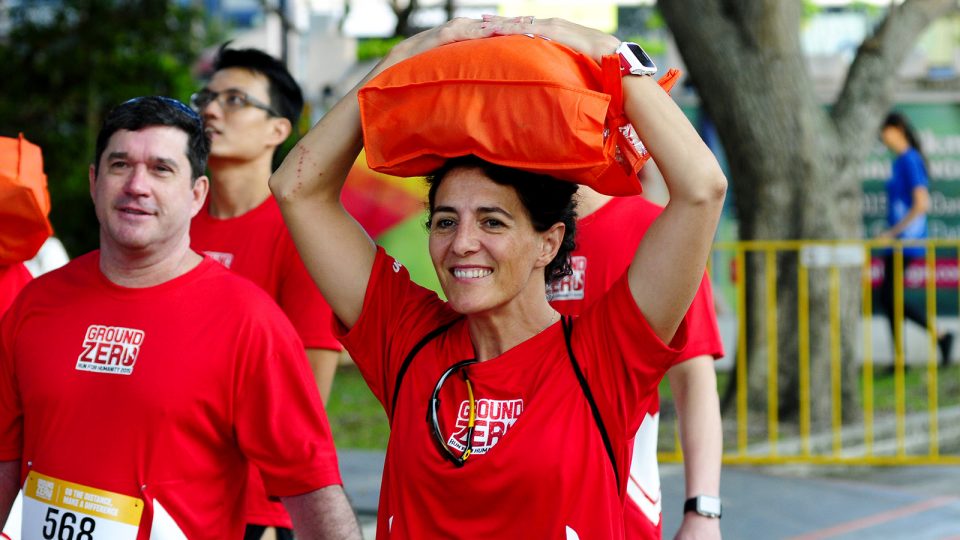Can any nation truly prepare for a natural disaster? This is a particularly sensitive question for people living along the Pacific Rim who have witnessed most every type of havoc Mother Nature has dished out in recent years. This includes earthquakes, tsunamis, floods and cyclones.
According to the Centre for Research on the Epidemiology of Disasters (CRED), while a majority of large scale catastrophes in this region in the past decade were caused by earthquakes, floods claimed the lives of 17,442 people, while cyclones were responsible for 13,368 deaths. Recent events aren’t even included in the 2013 report.
The bad news is that Asia has a disproportionate number of disaster-related deaths (80-percent) when compared to other areas on Earth. The good news is that, according to CRED, Singapore remains at the bottom of that agency’s desertification vulnerability list.
But, every hectare of land converted from green space to developed land will make Singapore more vulnerable to disasters, which is why the upcoming Ground Zero Run for Humanity is a cause that requires your attention and your participation.
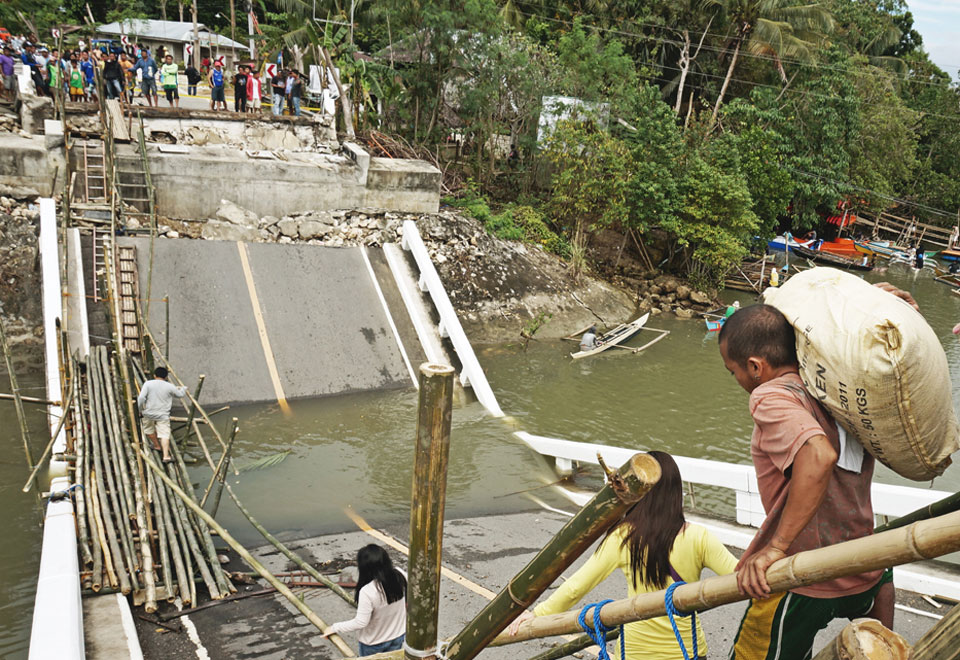
The Spirit Behind The Run
If it’s not already on your 2016 calendar, put a star on 19 August because that’s World Humanitarian Day (WHD) throughout the world. This particular day was picked because in 2003, 22 relief aid workers in Baghdad were killed when a bomb at United Nations headquarters exploded, diminishing the already-sparse crew working tirelessly on the ground to help citizens deal with the war that methodically ravaged the land.
As a result of these deaths, 19 August has become a day to remember every volunteer who lost his or her life undertaking relief work as a result of natural disasters, famine, disease and displacement.
Singapore’s Unique Contribution
While United Nations relief services are spread around the globe, Singapore decided to take it upon itself to take a more targeted approach to natural disasters by establishing Mercy Relief in 2003.
Now the leading independent relief agency in the region, Mercy Relief shows up at disaster sites within 72 hours to minister to the injured and displaced. But unlike the other welfare agencies, Mercy Relief doesn’t pull out of the trenches once the acute phase of disasters end.
They remain on the ground to deliver recovery services like water, sanitation and shelter. This organization’s services even include job assistance, healthcare and educational programs.
You Can Help Mercy Relief Just by Running
In conjunction with World Humanitarian Day and the work Mercy Relief does in and around Singapore, the annual “Ground Zero Run for Humanity” will be staged just five days before WHD commemorative events, on 14 August.
Organisers plan to “kick the excitement up a notch,” so if you’re a runner who finds this statement intriguing, there will be three run categories from which to choose at the 2016 event staged at Casuarina Grove in East Coast Park.
You are invited to put both of your feet to work by signing on for the 5km Relief Aid Challenge (a non-competitive race), the 10km Race Against Time or the 500m Dash for Humanity.
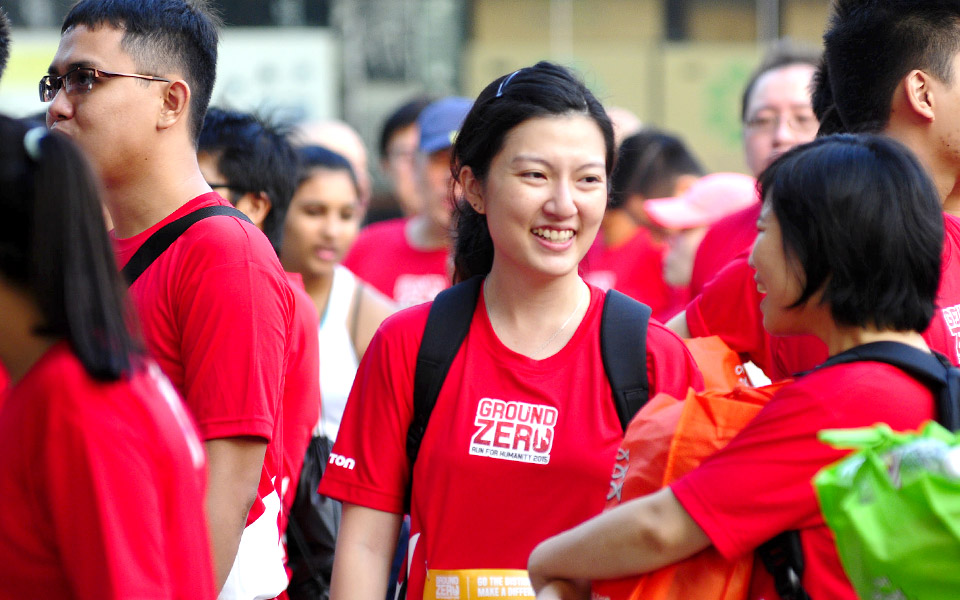
Running for Relief is as Easy as 1-2-3!
- The first and non-competitive category, 5KM Relief Aid Challenge, portrays a survivor’s experience to obtain urgent supplies. During disaster relief operations in the acute relief phase, Mercy Relief distributes aid to survivors. Some come from remote areas and walk through harsh terrains for hours, to relief distribution points to collect relief packs filled with emergency supplies.
- The 10km Race Against Time asks competitors to beat the clock within the 80-minute time period. To add to the excitement, runners can up the challenge by sprinting through pathways and sandy areas designed to emulate terrains relief workers face in disaster-stricken environments carrying a 5 to 7kg relief pack. Is the pack required? You can compete without it – but c’mon – this challenge is worthy of your effort!
- The 500m Dash for Humanity may be the third event on the race menu but it’s likely to be the most fun. Open to kids between the ages of three and 12 and their parents, this event also includes relief packages, but they only weigh 1kg each. Here’s the best part of this new event: The lessons children learn about selflessness, charity and empathy during this race are priceless.
It’s All About the Relief Pack
The relief packs runners tote on 14th August have both symbolic and practical meanings. Rice, sugar, salt, cooking oil, milo and rice vermicelli are basics that help disaster victims prepare simple meals.
These pre-packed food bags typically weigh from 5 to 7kg (hence the bag’s weight at the event) and since relief workers don’t always have vehicles at their disposal to deliver this relief, race participants will literally walk in their shoes while carrying the parcels.
Worried about sore back or arms? Visit the race website and read the tutorial on the four most efficient ways to carry the pack while running your race!
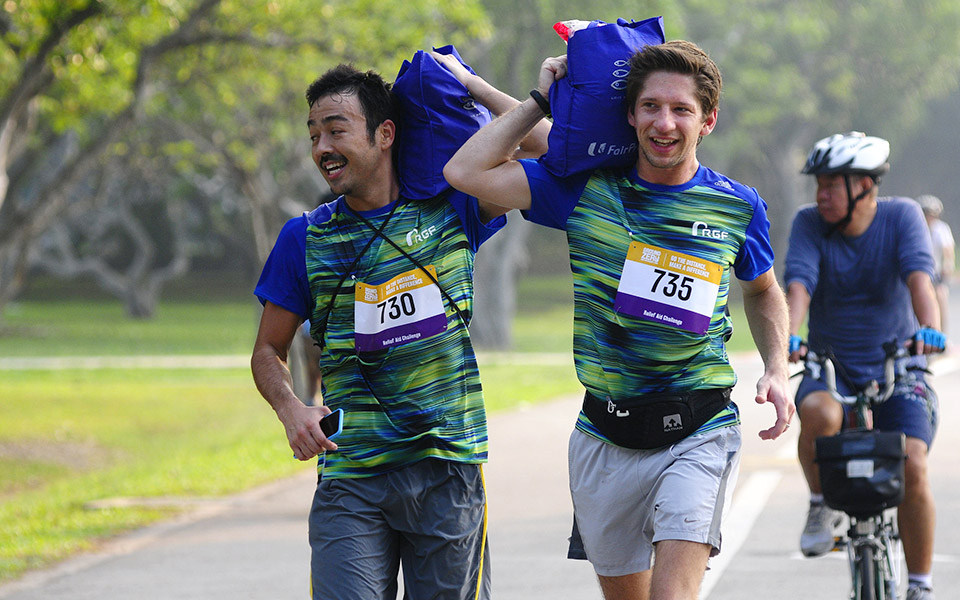
A Beautiful Finish
Regardless of which run you pick, you will be part of an effort that’s even greater than the race: Food packs used as race props will be delivered to needy Singapore families once the races concludes.
Last year, more than 500 relief packs were handed out and organizers would love to provide many more as a sign that the 2016 Ground Zero Run for Humanity has once again been a grand success. Will you commit to being one of Singapore’s more fortunate by showing your interest and compassion on 14 August?
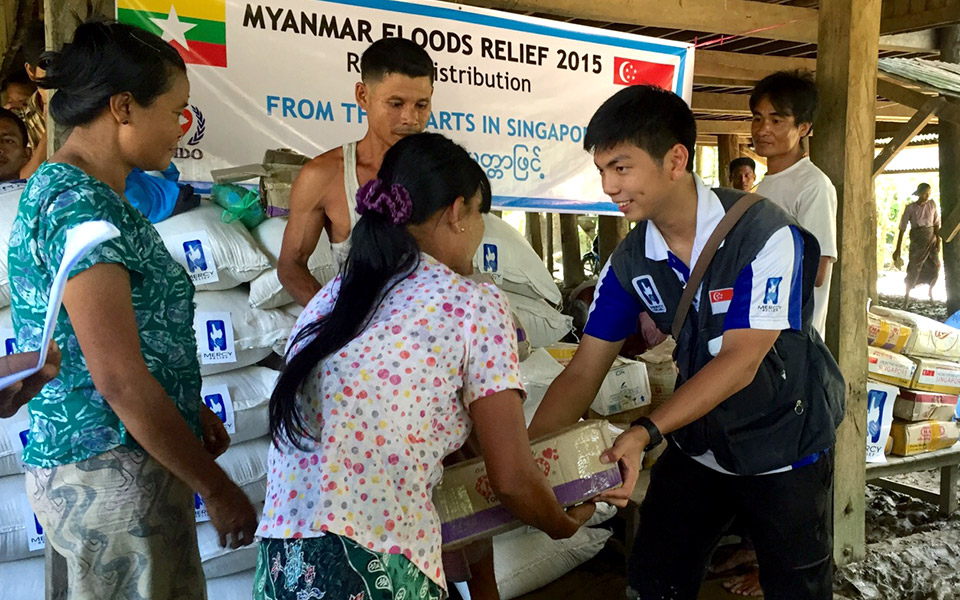
Do you every worry that you and your family might some day be in need of disaster assistance? It can happen to anyone, so by running this race, you make an investment in the future of everyone you know!


